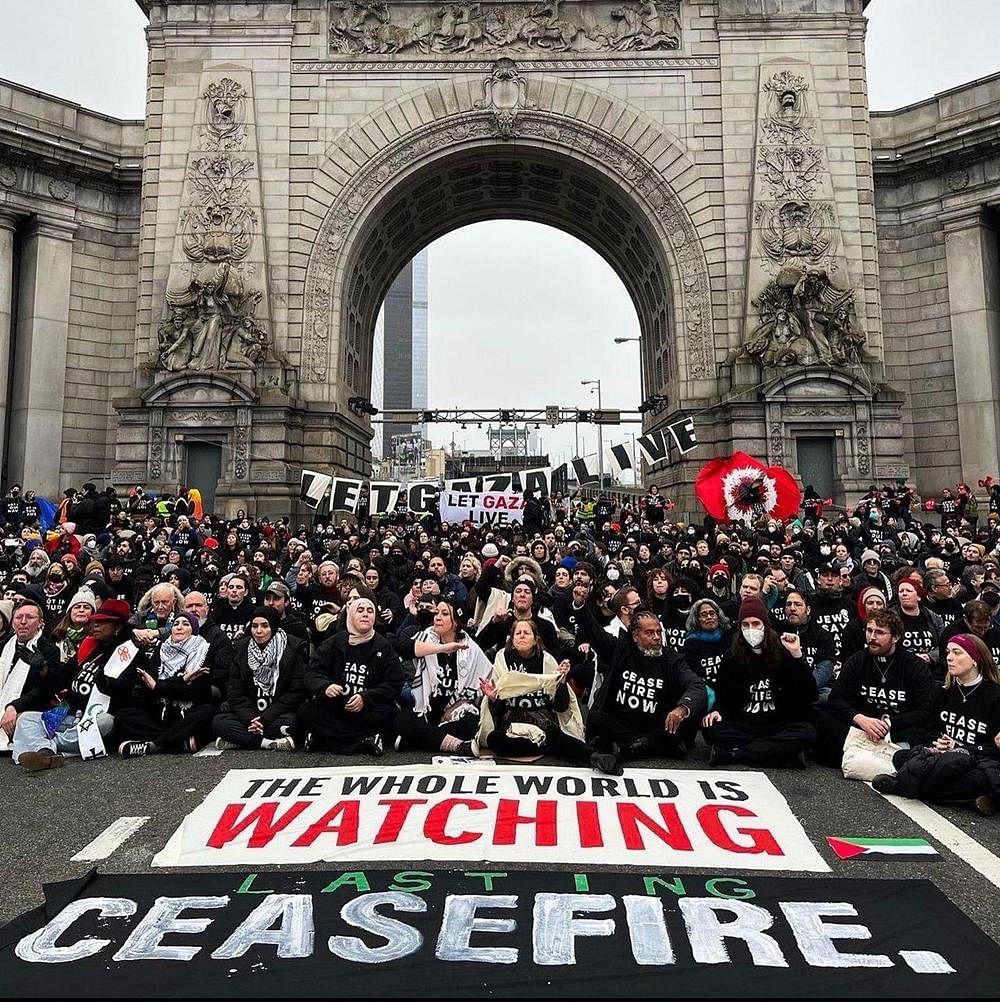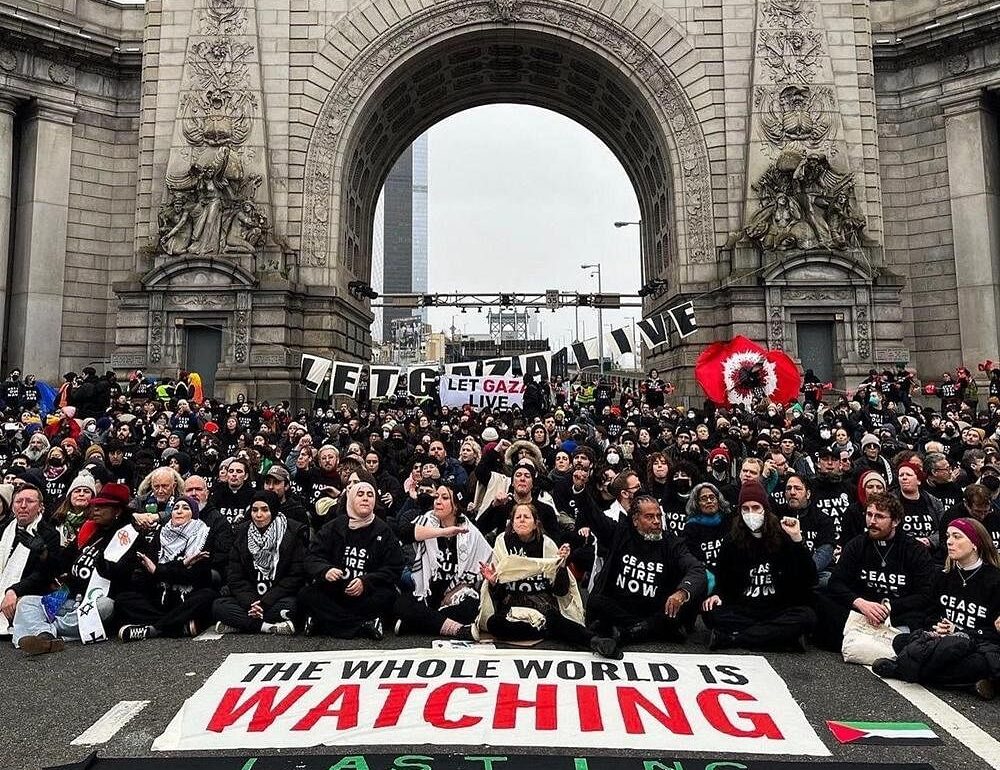
Very rarely is a man so absolutely and consistently awful that his obituaries read like cries of relief. Henry Kissinger’s death at 100 has inspired the customary positive reviews of an important life spent in shaping the post-war world by destroying its less convenient people, but there’s also some gems in the rough, like one in Rolling Stone headlined ‘Henry Kissinger, War Criminal Beloved by America’s Ruling Class, Finally Dies’.
Coincidentally, anti-war protest, which became a mass phenomenon in the Kissinger era, is also becoming irrelevant, a minor inconvenience that rarely influences policy. It became a mass movement in the US in reaction to Vietnam and Korea, Kissinger’s secret bombing of Cambodia and his support for Pakistan in 1971. Historically, pacifist movements had been commonplace in war-ridden Europe and anti-war sentiment and literature were visible in the US from the antebellum period, but in Kissinger’s time in government, anti-war protests became general mobilisations, events so big that they inspired cinema, music, popular culture and photography.
In Kissinger’s last days, protests against the Gaza invasion were sweeping the world. Israeli Jews even demonstrated outside Benjamin Netanyahu’s house. The credible demand was for a break in hostilities to evacuate civilians and send in essentials, but it happened only when most of Gaza had been flattened. All that while, Israel was assured of splendid military backing from the US, whose president did not seem to care for public sentiment.
Facts continue to emerge which contest the Netanyahu government’s narrative. For instance, the impression was conveyed that Hamas had built a network of tunnels under the city to conceal munitions. Part of the network was under the Al-Shifa hospital, and this was used by Tel Aviv to justify bombing the biggest health facility in Gaza. Ten days ago, former Israeli Prime Minister Ehud Barak said that decades ago, when Israel controlled Gaza, its contractors had built the tunnel. Hamas may have later used it for military purposes, but the impression that it cunningly built the facility under a hospital to gain immunity from military action was wrong.
The general narrative is also based on an untruth. It suggested that the clock of the conflict began to tick with the Hamas attack of October 7, though it was a resistance action against years of settler colonialism. With such untruths, half-truths and spin being exposed—sometimes by angry Israelis themselves—there is a fear that public trust in the international community will never be the same. Has it ever been the same? Though major conflicts of the last 50 years have brought protesters out on the streets, governments seem to be deaf to them. It’s as if they think that their citizens surrender all decision-making by electing them to office, and commoners have no business getting into affairs of high state.
The day the invasion of Iraq began 20 years ago, I was travelling to Barcelona, Spain, a country in open revolt. All night, thousands of students were out on the streets, hemmed in by wooden-faced policemen. That’s normal. Protest is part of European campus culture. What was remarkable was that householders and professionals were also on the street, and almost every home bore anti-war images on walls, doors, windows and awnings. The commonest was that of a falling bomb crossed out, accompanied by the slogan ‘No a la guerra’ (No to war). On the TV, similar images were coming in from London, Paris, Berlin and other European capitals. In the days that followed, TV provided ample evidence that millions of people opposed the invasion of Iraq in which many of their governments were participating.
The governments were unmoved. The media which carried the images backed what they imagined was a public security project. Most infamously, the New York Times, which had unquestioningly supported the US claim that Saddam Hussein had weapons of mass destruction, did not retract or issue an apology when it became abundantly clear that it was a myth. The most visible Iraqi weapon had always been the archaic bolt-action rifle that Saddam Hussein liked to be photographed with.
Anti-war protests had once swayed military policy in the US. Now, some of the biggest ever are being ignored by governments. While a truce holds in Gaza, there is still talk of Israel ‘depopulating’ the zone, forcing a second migration of Palestinians. It wants to end the unscratchable itch created by the Balfour Declaration, which had illogically promised a two-nation theory in a single territory, by reducing it to a one-nation theory. That’s rather like in ancient times, when the obliteration of inconvenient populations was regarded as normal.
ALSO READ |The original sin in conflicts
There were anti-war movements in former times, but they do not seem to have been run by the people. It’s impossible to be sure because historical records rarely feature subalterns, but it’s very likely because except in times of uncertainty, the peasantry had no say at all. In mediaeval times, landowners and nobles who collected revenue were sometimes proponents of peace for financial reasons. Standing armies were rare, and while war brought booty into the economy, when farmers left their fields to go to war, land revenue fell.
Now, the middle class opposes conflict because it likes stability and dislikes things that go bang. It’s one of the better qualities of the class. The pity is that it is losing the power to tell governments that it will not tolerate violence.
(Tweets @pratik_k)
Blurb: Protesters have come out on the streets against major conflicts for decades. But governments are increasingly ignoring them. In medieval times, landowners didn’t like wars partly because their farmers needed to join the battle. In the age of large standing armies, it’s the middle class that protests in vain.
Click here for all the earlier columns
Follow The New Indian Express channel on WhatsApp
This post was originally published on this site be sure to check out more of their content.









